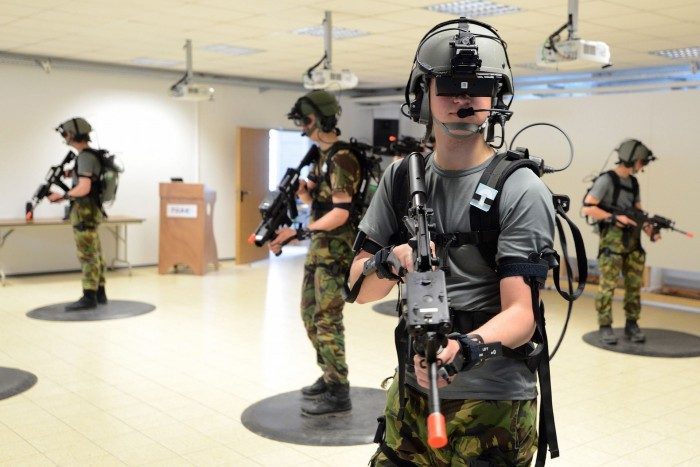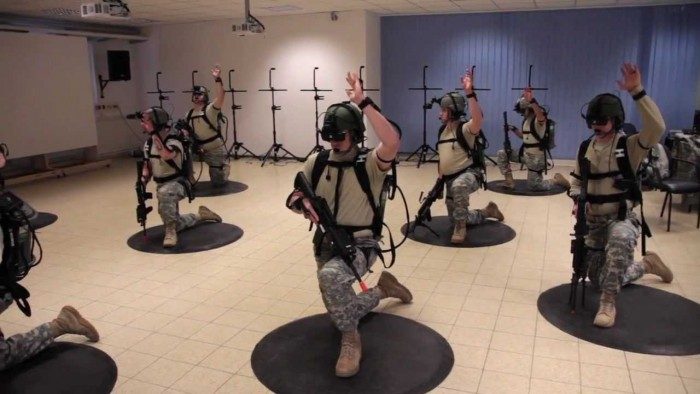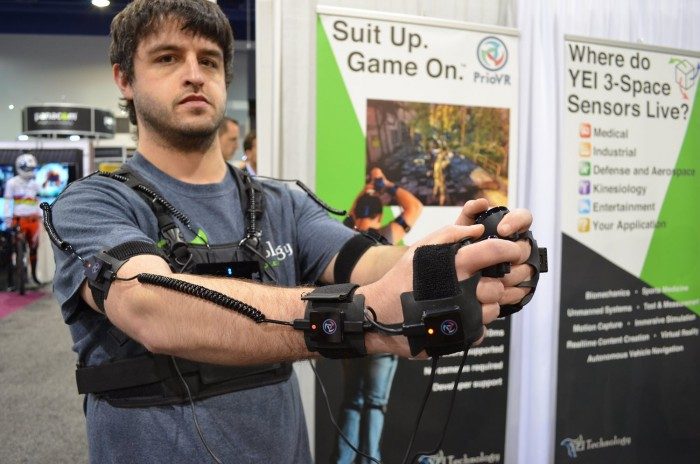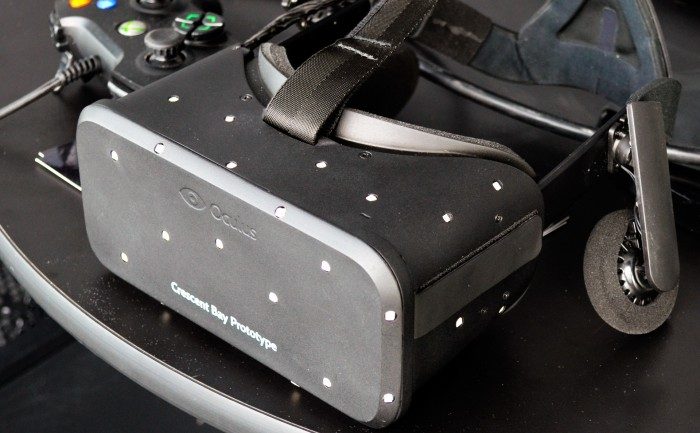In this video, the US Army demonstrates their proprietary Dismounted Soldier Training System (DSTS), a wearable VR system used to teach troops tactics and teamwork inside a virtual environment. It represents the current state of the art in military VR training, but rapid developments in the commercial VR sector mean it could be obsoleted by your home entertainment system in just a couple of years.
Virtual reality used to be the purview of government funded bodies and the military. Now of course, VR is heading towards a civillian market, albeit with very different R&D goals. So how does the cutting edge in Military virtual reality stand up to todays rapidly evolving entertainment focused VR technology?
Well, you can judge for yourself, as the 4th Joint Communication Support Element at the Air Force Base, Fort Stewart, Georgia demonstrate a typical training scenario using DSTS. The system is described as an “…innovative, out-of-the-box training system designed to be flexible, easily portable and transportable…”. The system can be rolled into use in under 4 hours, and can deliver ‘limitless’ training scenarios.

The video was filmed back in 2013, but considering the glacial pace technology evolves in government funded bodies, DSTS represents the cutting-edge in the military sector. Indeed, the system was first openly demo’d to attendees of the oft military focused simulation conference I/ITSEC back in 2011.

DSTS is a system developed by Intelligent Decisions and apparently represents years of research and millions in development costs. The visuals are provided by CryEngine with processing power delivered via back-mounted computers fed to stereo, helmet mounted displays. Audio is delivered via headphones within the helmet and body rotation and position are tracked by wearable IMUs.
For more on the system, feast your eyes on this painfully stereotypical promotional video.
It’s clearly a neat solution and I can see the instructional power it could potentially leverage for military personnel training. However, it’s indicative of VR’s rapid technical evolution that there are products on their way to market that would allow the average VR geek to build a system not just comparable, but in many ways superior to the DSTS system.
If you chose to build your own DSTS, you have have a surprising range of potential options, most of which could be found on this very website.
For IMU trackers you could opt for YEI’s PrioVR body tracking system or perhaps Noitom Technology’s Perception Neuron solution.

For your HMD, an Oculus Rift Crescent Bay might work or perhaps Valve’s Steam VR system and the HTC Vive, both of which will probably arrive in the next 12 months. And that’s without considering Valve’s powerful and precise room-space tracking system, Lighthouse.

For your weaponry, you’ve got the force recoil delights of HapTech’s (formerly Striker) controller, perhaps utilising a Sixense STEM unit for positional gun tracking.

Throw on a back-top harness for your gaming laptop, plug it all in and you have a system that arguably outclasses the military equivalent. And whilst you could also argue that the majority of these systems are not yet available for the average joe to purchase, this is all coming and soon too.
In short, it looks as if reversal of the traditional gulf between government funded virtual reality and consumer VR is continuing apace. At this rate, the military will be opting to piece their training systems together from the shelves of Best Buy. Oh my, how far we’ve come.






